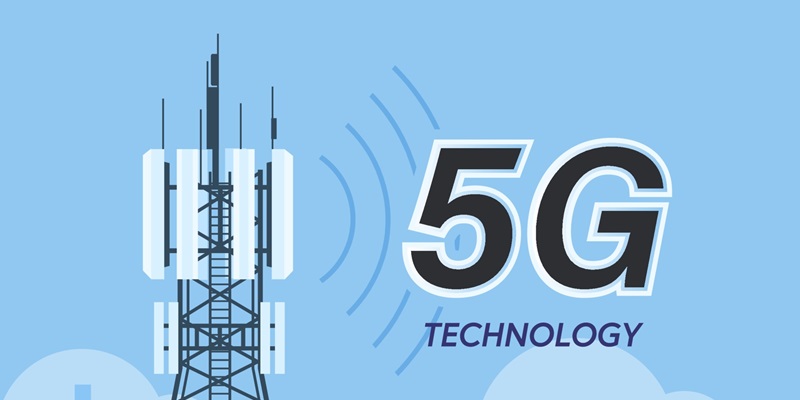Releasing more licensed spectrum for the wireless industry is critical for U.S. leadership in technology, mobile communications, and the economy. As the demand for wireless connectivity continues to grow exponentially, ensuring access to sufficient spectrum becomes imperative. This article explores the industry roadmap for spectrum allocation, focusing on the upper mid-band spectrum, mmWave bands, and the potential of sub-THz bands. Additionally, we delve into recent decisions by the ITU World Radiocommunication Conference and the significance of 5G-Advanced in shaping the future of wireless networks.
Industry Roadmap for Spectrum
To ensure the effective deployment of future networks and drive the emergence of groundbreaking technologies, an industry roadmap is crucial. This roadmap should facilitate the allocation of spectrum resources in a manner that optimizes capacity and performance. By strategically assigning spectrum bands to specific use cases, network operators and technology developers can unlock the full potential of wireless communications.
Utilizing Upper Mid-Band Spectrum
The upper mid-band spectrum, ranging from 7.125-15.35 GHz, holds significant importance in leveraging existing infrastructure for increased capacity. By utilizing this spectrum range, network operators can enhance their networks’ capabilities without significant infrastructure investments. However, opening bands in this range requires exploring relocation and sharing strategies to ensure optimal spectrum utilization.
Importance of mmWave Bands
In densely populated areas such as urban cores, transportation depots, busy streets, and entertainment venues, mmWave bands play a crucial role in meeting the demand for high-capacity wireless connections. These bands offer increased bandwidth and faster data transfer rates, creating opportunities for transformative applications and services. Deploying mmWave technology in these dense locations will enable seamless and high-quality wireless experiences for users.
The Potential of Sub-THz Bands
Exploring the untapped potential of sub-THz bands is essential for future wireless technology deployments. These bands provide very large bandwidths, making them suitable for specialized use cases. Researchers and technology developers are actively investigating the capabilities of sub-THz bands to support innovative applications, such as ultra-high-definition video streaming, industrial automation, and healthcare systems.
Decisions of the ITU World Radiocommunication Conference
The recent decision by the ITU World Radiocommunication Conference to identify spectrum in the 4.4-15.5 GHz range for wireless technology deployments is a significant step forward. This decision sets the stage for future network development, encouraging innovation and driving technological advancements. It opens up new avenues for wireless connectivity, empowering industries and economies worldwide.
Need for More Spectrum in Support of New Applications
As technology continues to evolve, the wireless industry needs access to more spectrum to support emerging applications. Extended Reality (XR), connected cars, and the metaverse are just a few examples of the exciting innovations that rely on robust and reliable wireless connectivity. By ensuring sufficient spectrum availability, we lay the foundation for these transformative technologies to thrive and enhance various aspects of our daily lives.
Introduction of 5G-Advanced (Release 18)
5G-Advanced, branded as 3GPP Release 18, will introduce new network management and deployment capabilities. This iteration of 5G brings enhanced coverage, improved network performance, and the ability to leverage artificial intelligence (AI) for efficient network management. With these advancements, operators can deliver a more consistent and reliable wireless experience while preparing for the future demands of the digital era.
Timeline for 5G-Advanced Implementation
3GPP Release 18 is slated to be frozen in March 2024, marking a significant milestone in the development of 5G-Advanced. Following the freeze, relevant features are expected to start appearing in the market by the end of 2024. The deployment of 5G-Advanced will open up new possibilities for businesses, governments, and consumers, paving the way for innovation and economic growth.
In conclusion, the availability of licensed spectrum plays a pivotal role in driving technological advancements, empowering the wireless industry, and propelling the economy forward. By following the industry roadmap for spectrum allocation and exploring the potential of upper mid-band, mmWave, and sub-THz bands, we unlock new possibilities for innovation and connectivity. Additionally, the introduction of 5G-Advanced will bring forth a new era of network capabilities, laying the foundation for future advancements. It is crucial that we continue to prioritize spectrum allocation and management to ensure the continued success and leadership of the United States in technology and mobile communications.

